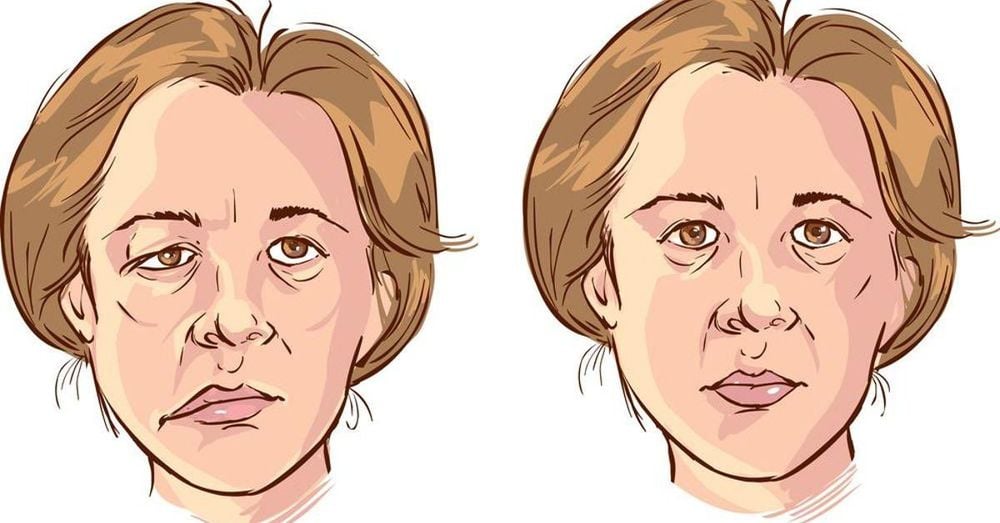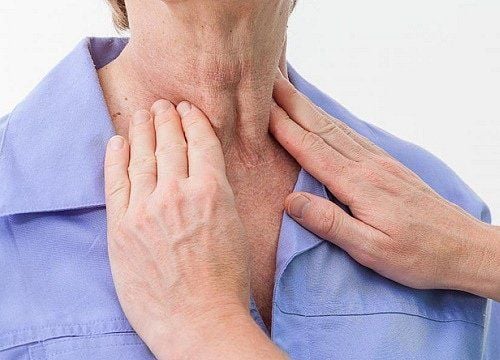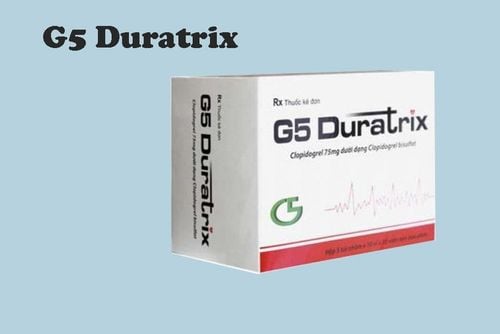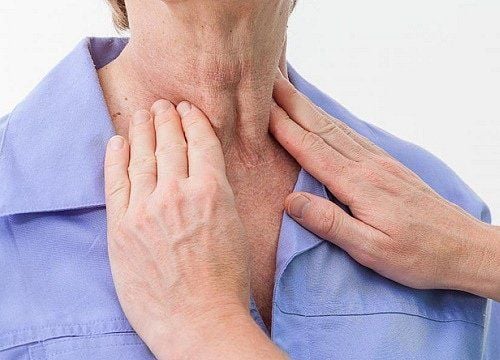This is an automatically translated article.
Cerebral vasospasm can occur due to occlusion due to small thrombus blocking blood vessels to the brain, atherosclerosis, small blood vessels, diabetes, hypertension, carotid stenosis.... Typically, cerebral vasospasm occurs quickly and recovers quickly due to a temporary blockage of the blood supply to the brain, causing a transient stroke.
1. What is cerebral vasospasm?
Cerebral vasospasm is the cause of stroke in patients, recognized as one of the transient cerebrovascular accidents. After a stroke, the functional areas involved are affected, and the severity depends on the location of the blocked blood vessel and the extent of the brain area affected.
Cerebral vasospasm can be caused by occlusion due to small thrombus (thrombosis formed from calcium fragments and fatty deposits) blocking blood vessels to the brain, atherosclerosis, small blood vessels, diabetes , hypertension , carotid artery stenosis .... Typically occurs quickly and recovers quickly due to temporary blockage of blood supply to the brain causing a transient stroke .
Vasomotor headache is one of the main causes of spasm of the blood vessels in the head and in the skull. The most common is temporal artery spasm. The constriction of the arteries will make some areas of the brain and the muscles of the head and neck temporarily deprived of blood and cause a painful reaction when in conditions of lack of oxygen and blood supply.
2. Identify cerebral vasospasm

Trường hợp bệnh nhân liệt dây thần kinh số VII là dấu hiệu nhận biết cơn co thắt mạch não
Signs to recognize cerebral vasospasm include:
Language disorders such as difficulty speaking Impaired vision function on 1 or 2 sides, double vision VII nerve palsy, unilateral motor paralysis Disorder swallowing as difficult to swallow. Sensory disturbances on one side Dizziness, loss of balance Convulsions Low or high blood sugar According to statistics, about 10-20% of patients will have a stroke after 90 days; 50% of patients will have a stroke within the first 48 hours; One-third of patients without treatment will develop a stroke within 5 years.
3. Care and treatment of cerebral vasospasm
After being admitted to the hospital, it is necessary to perform a clinical and paraclinical examination and give a treatment plan to the patient within 24 hours after admission. Patients at high risk of stroke require intensive treatment and close monitoring. Drugs to treat acute cerebral vasospasm include: Aspirin Anti; Combined aspirin + dipyridamole; Clopidogrel; Heparin; Warfarin; Dabigatran. Optimizing cerebral blood flow: Avoid antihypertensive drugs, physiological saline infusion, avoid high head pillow. If patient is stable within 24 h: Re-initiate antihypertensives but with caution in patients with severe stenosis of the great arteries. Vinmec International General Hospital is a high-quality medical facility in Vietnam with a team of highly qualified medical professionals, well-trained, domestic and foreign, and experienced.
A system of modern and advanced medical equipment, possessing many of the best machines in the world, helping to detect many difficult and dangerous diseases in a short time, supporting the diagnosis and treatment of doctors the most effective. The hospital space is designed according to 5-star hotel standards, giving patients comfort, friendliness and peace of mind.
Please dial HOTLINE for more information or register for an appointment HERE. Download MyVinmec app to make appointments faster and to manage your bookings easily.













